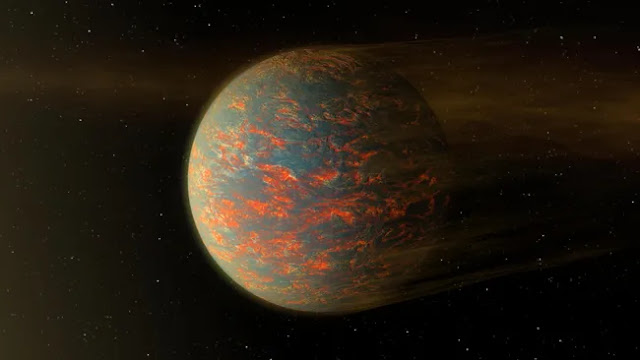Our galaxy will merge with the closest big spiral in the Local Group in approximately 4 billion years. This is what will take place.
Approaching the Milky Way at about a quarter of a million miles per hour is the Andromeda Galaxy. At 2.5 million light-years away, it is the farthest object visible with the naked eye and the closest major galaxy to our Milky Way. As the two galaxies get closer to one another, complete pandemonium will break out and eventually merge to form Milkomeda. With enormous amounts of rocks, dust, asteroids, planets, and stars being flung in all directions, it will all resemble a gigantic pinball game.
It remained unclear until 2012 whether or not the collision was certain to occur. After utilizing Hubble to measure Andromeda’s star movements with previously unheard-of precision, scientists deduced that the galaxies would collide in roughly 4 billion years. These kinds of collisions happen frequently enough given the extended lifetimes of galaxies. Simulations predict that the remnant will resemble a massive elliptical galaxy, a type of galaxy that resembles a blob with no internal structure or spiral arms.
There are roughly 300 billion stars in the Milky Way and one trillion in the Andromeda galaxy. Since the stars are spaced far enough away, it is extremely unlikely that any of them will collide on their own. Proxima Centauri, for instance, is the closest region of the Sun and is located approximately 4.2 light years distant. About 680 miles away, Proxima Centauri would be a pea if the Sun were a ping pong ball. Even though stars are more numerous in the vicinity of each galaxy’s center, stars are still 100 billion miles apart on average. It is incredibly unlikely that any two stars from the merging galaxy will collide, but some stars would be expelled; that would be like placing one ping-pong ball every two miles.
Both Andromeda and the Milky Way have a center supermassive black hole. Over a time that could take millions of years, these black holes will eventually spiral into one another and merge close to the center of the newly created galaxy. Supermassive black holes will start to strongly produce gravitational waves when they are within one light-year of one another. These waves will continue to radiate orbital energy until the black holes merge fully. The gas that the merging black holes absorb could form an active galactic center. There would be an unfathomable quantity of energy released if this occurred.
According to current calculations, there is a 50% possibility that the solar system will be swept out three times further from the galactic core in a merged galaxy than it is now. The Sun is located in a branch of our galaxy known as the Orion Spur. Our galaxy is divided into spiral arms. Our solar system would be right at this arm’s fingertips if we were sent farther out. Additionally, scientists estimate that there is a 12% probability that the solar system may be completely expelled from the newly created galaxy at some point during the collision. Of course, by then humanity would have long since vanished, just for peace of mind. Aside from planetary engineering, such an occurrence would actually have no negative impact on the solar system, and the likelihood of any kind of disruption to the Sun or planets themselves may be low.
Even though all terrestrial life will have ended by the time the two galaxies collide because of the Earth’s surface becoming too hot for liquid water to exist due to the Sun’s steadily increasing brightness, our planet will still be caught in the center of this collision and its perspective on the cosmos will never be the same. However, Andromeda would be expanding in the sky if we could see the night sky in a still state, whether from the hellish perspective of Earth or from the far reaches of the outer solar system. Eventually, in around 4 billion years, it might stretch from horizon to horizon like a peaceful rainbow of dew.


